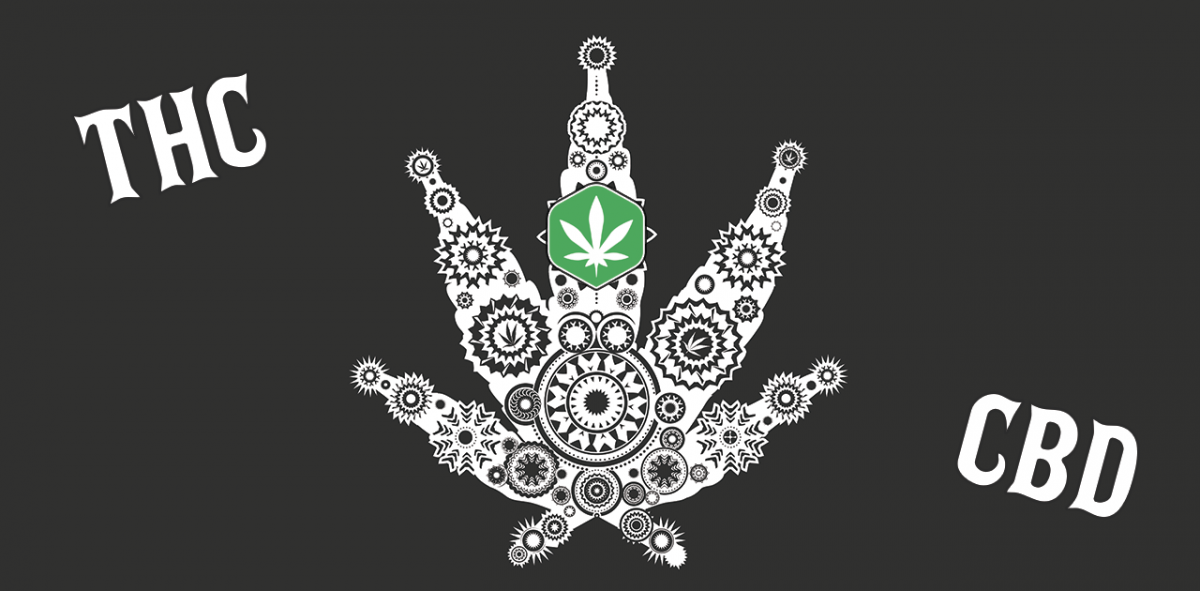You heat up the vaporiser, pack the bowl and inhale, and you start to feel the effects of your medical marijuana. Simple, right?
Well, yes and no. Behind the scenes there’s a complex chain of chemical reactions taking place, and how they impact you largely depends on the composition of your marijuana’s cannabinoids. Ready for a quick science lesson? Let’s go.
What is a cannabinoid?
A cannabinoid is a type of chemical compound that interacts with cannabinoid receptors found in cells that prevent neurotransmitter release in the brain. There are more than 80 varieties of cannabinoids found in cannabis, and each has its own effect on the brain depending on how it acts on the receptors. While more research is constantly emerging about the different cannabinoids, as it stands most research is focused on two in particular: Tetrahydrocannabinol (THC) and cannabidiol (CBD).
What’s are the main differences between THC and CBD?
All strains of cannabis contain varying concentrations of these cannabinoids. The infamous OG Kush, for example, contains extremely high levels of THC, which makes it a favourite among many recreational users. On the other hand, CBD-heavy strains such as Harlequin are commonly used by patients, thanks to its relatively mild psychoactive effects.
As you might have guessed from this brief example, there are some major differences between THC and CBD that you should be aware of. Here are three of the most important:
1. Psychoactive potential
Perhaps the most obvious difference between the two cannabinoids is their psychoactive effects. THC is the primary psychoactive component of cannabis – in simplest terms, it’s responsible for the high associated with the use of marijuana.
Conversely, CBD is non-psychoactive. It does not produce a high, and consequently, CBD-heavy marijuana strains are generally not sought after by recreational users. However, these properties do give such strains a slight edge when it comes to medical applications, as doctors understandably prefer to prescribe products with minimal side effects.
2. Medical applications
As noted, CBD-heavy strains are favoured in the medical world and are prescribed to patients suffering from a range of health conditions. Research published in the British Journal of Clinical Pharmacology found that CBD has strong potential as a medicine for the treatment of:
● Neuroinflammation
● Epilepsy
● Oxidative injury
● Vomiting and nausea
● Anxiety
● Schizophrenia
While THC-heavy strains are less commonly used for treatment, they nevertheless have a number of medical applications. People suffering from multiple sclerosis, AIDS, spinal injuries and glaucoma may all benefit from using marijuana with high THC levels.
3. Impact on sleep
Another important way in which the two cannabinoids differ is how they influence your wakefulness. Marijuana strains with high concentrations of THC can have a fairly strong sedative-like effect, which can make many users feel drowsy and even put them to sleep.
CBD-heavy strains have almost the completely opposite effect, providing users with a gentle energy boost. This makes them ideal for daytime use.
There are many proven medical applications for both THC- and CBD-heavy marijuana strains. With New Zealand doctors unable to prescribe medicinal cannabis by law, the onus is on users to keep themselves informed about how different cannabinoids may affect their minds and bodies.

